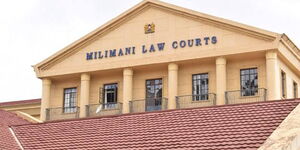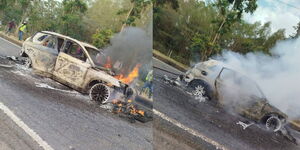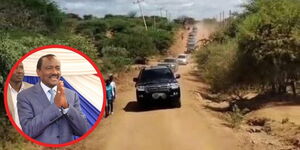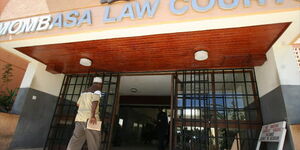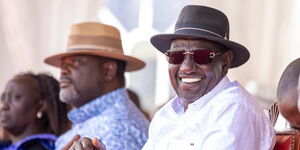Hundreds of junior secondary school (JSS) teachers have staged demonstrations in Murang'a County, demanding that they be confirmed in permanent and pensionable positions ahead of the January 2026 school reopening.
The teachers, who are among nearly 20,000 JSS teachers recruited across the country on an internship basis in November last year, were deployed to schools in January 2025.
However, their one-year contracts are due to expire in December, and they have received no assurance that they will be taken on by the government.
The protesting teachers have expressed their frustration at the delay in confirming their positions, stating that the uncertainty has thrown their lives into turmoil.
With no clear communication from the Teachers Service Commission (TSC) on the transition process, the teachers maintained that they are unsure of their future employment status.
A major point of contention is the Ksh17,000 monthly stipend paid to intern teachers, which they say is insufficient to meet their basic needs in today’s tough economic climate.
Many noted they are unable to afford rent, transportation, and other essential expenses, which has further worsened their situation.
The teachers were joined in their protests by local leaders, civil society activists, and union representatives, who called on the government to act swiftly.
Additionally, they criticised the government for failing to allocate sufficient funds in the 2025/2026 budget to cater for their permanent hiring.
The teachers also faulted the TSC, demanding a clear roadmap and timelines for their confirmation, arguing that subjecting them to another year of internship would be a breach of contract.
Meanwhile, both President William Ruto and his Education Cabinet Secretary, Julius Ogamba, have on several occasions maintained that the government will recruit 24,000 new teachers by January 2026 in a major effort to address the ongoing teacher shortage in public schools.
However, it is not clear how the government aims to share the slots across JSS, secondary and primary schools.
Even so, many public schools in the republic continue to face high student-to-teacher ratios, particularly in remote and marginalised areas.

